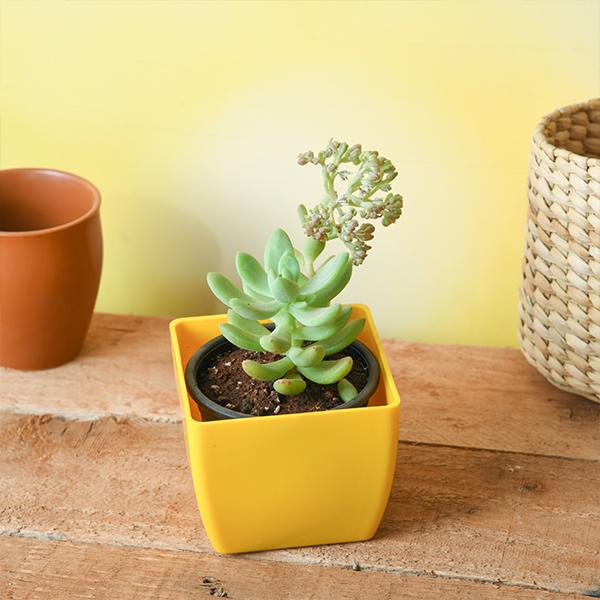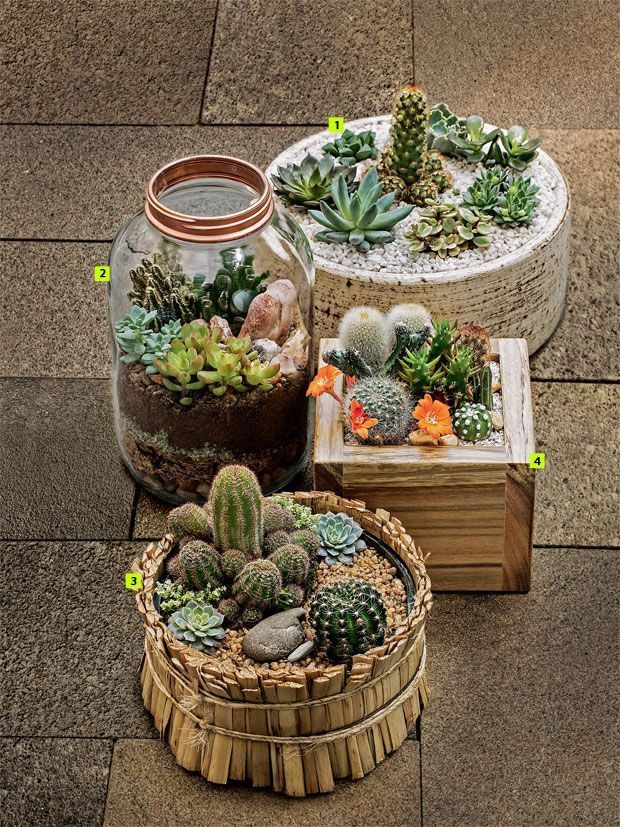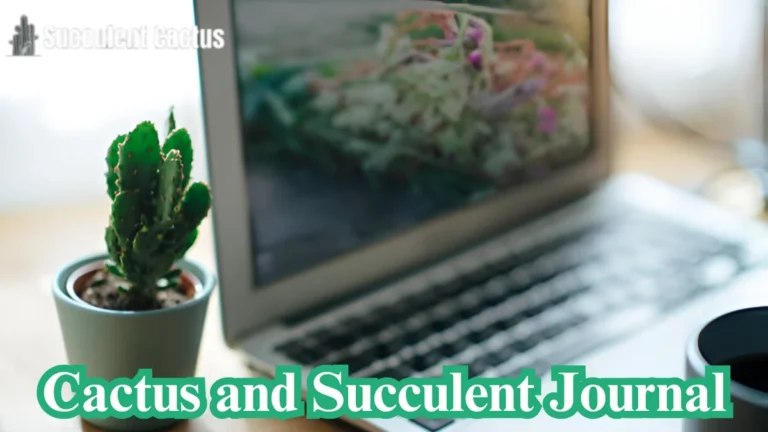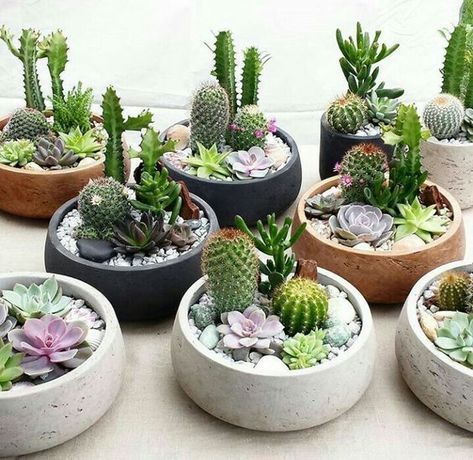Succulent Plants Indoor: How to Grow Beautiful Indoor Succulents

Succulent plants have become increasingly popular in homes and offices due to their unique aesthetic appeal and low-maintenance care. Succulent plants indoor offer a perfect way to introduce greenery into your living space without the hassle of demanding plant care. With their vibrant colors, diverse shapes, and ability to thrive in dry conditions, indoor succulents make an excellent addition to any room.
If you’re wondering how to grow beautiful succulent plants indoor, you’ve come to the right place. This comprehensive guide will cover everything you need to know about selecting, caring for, and maintaining indoor succulents. Whether you’re a seasoned plant enthusiast or just starting, growing indoor succulents is both fun and rewarding.
Why Choose Succulent Plants Indoor?
Before diving into the specifics of how to grow succulent plants indoor, let’s explore why these plants are such a great choice for indoor gardening.
- Low Maintenance: One of the biggest benefits of growing succulents indoors is their low-maintenance nature. Succulent plants require minimal watering and thrive in well-lit areas.
- Space-Efficient: Succulents come in various sizes and shapes, making them perfect for small spaces, windowsills, desks, and even hanging planters.
- Air Purifying: Some succulent plants are known to improve air quality, absorbing toxins and releasing oxygen at night.
- Drought Tolerant: These plants store water in their leaves, allowing them to survive in dry conditions, making them perfect for people who don’t have a green thumb.
Given their aesthetic appeal and ease of care, succulent plants indoor are the ideal choice for anyone looking to add some greenery to their indoor spaces.
Choosing the Best Succulent Plants for Indoor Spaces
When selecting succulent plants indoor, it’s essential to choose varieties that are well-suited to indoor environments. Some succulents prefer direct sunlight, while others thrive in lower light levels, so it’s important to match the plant to the lighting conditions in your home.
1. Popular Succulent Plants Indoor Varieties
Here are some of the best types of succulents to grow indoors:
- Aloe Vera: Known for its medicinal properties, Aloe Vera is a hardy succulent that grows well indoors with minimal care.
- Echeveria: These rosette-shaped succulents are beautiful and available in various colors. They thrive in bright, indirect light.
- Jade Plant (Crassula Ovata): With its thick, glossy leaves, the Jade Plant is a popular succulent that can live for many years indoors.
- Hens and Chicks (Sempervivum): A hardy succulent that produces clusters of rosettes, perfect for windowsills or pots.
- Snake Plant (Sansevieria): While technically not a succulent, the Snake Plant is often included in succulent plant care due to its low maintenance and tolerance for low light.
2. Tips for Choosing Succulent Plants Indoor
- Light Requirements: Some succulents need full sunlight, while others thrive in low light. Be sure to check the light preferences of your chosen succulent.
- Size of Plant: Consider the size of the plant, as some indoor succulents can grow quite large over time, requiring more space.
- Container Size: Choose a pot that allows for proper drainage to prevent waterlogging, which can lead to root rot.
How to Grow Succulent Plants Indoor: A Step-by-Step Guide
Now that you’ve selected the right succulent plants indoor, let’s look at how to care for them and ensure they thrive in your home.
1. Choose the Right Container
The container you use for your succulents is vital. Succulent plants need pots with drainage holes to allow excess water to escape, preventing the roots from rotting. Choose a pot that is only slightly larger than the root ball of your succulent to allow for proper growth.
2. Use Well-Draining Soil
Succulent plants need soil that drains well to prevent water from accumulating around the roots. A good succulent plants indoor potting mix typically contains a combination of cactus soil, sand, and perlite. You can also make your own mix by combining equal parts of potting soil, sand, and perlite.
3. Watering Succulents Indoors
One of the most important aspects of growing succulent plants indoor is getting the watering right. Overwatering is a common mistake that leads to root rot. Succulents prefer to dry out between waterings, so it’s crucial to allow the soil to become completely dry before watering again.
- How to Water: Water thoroughly, ensuring the water drains out of the bottom of the pot. Be careful not to let your succulents sit in water.
- Signs of Overwatering: Yellowing leaves, soft stems, and a musty smell around the soil are all signs that your succulent has been overwatered.
4. Providing Adequate Light
Succulent plants indoor need sufficient light to thrive. While some varieties tolerate low light, most succulents prefer bright, indirect sunlight. Place your succulent near a south- or west-facing window, or use a grow light if natural light is limited.
- Signs of Insufficient Light: If your succulent starts to stretch or become leggy, it may not be getting enough light.
5. Temperature and Humidity
Succulents thrive in moderate temperatures between 60°F and 80°F (15°C – 27°C). Avoid placing them in areas where temperatures fluctuate drastically, such as near air conditioners or heaters. Additionally, succulents prefer dry air, so they do not require high humidity levels.
Common Problems with Indoor Succulents and How to Solve Them
1. Yellowing or Drooping Leaves
This can be a sign of overwatering, poor drainage, or too much direct sunlight. Ensure that your plant is not sitting in water and that it’s getting the proper amount of sunlight.
2. Leggy Growth
If your succulent becomes leggy, it may not be receiving enough light. Move it to a sunnier location or use a grow light to give it the energy it needs.
3. Pests
While succulents are generally resistant to pests, they can occasionally attract mealybugs, aphids, or spider mites. Check your plants regularly for signs of infestation and treat with insecticidal soap if necessary.
Tips for Propagating Succulent Plants Indoor
Succulent plants indoor are easy to propagate, allowing you to create new plants from your existing collection.
- Leaf Cuttings: Gently remove a healthy leaf from the plant and let it callus for a few days. Once callused, plant it in a small pot with well-draining soil.
- Offsets or Pups: Some succulents, like the Jade Plant, produce small offshoots or pups. Carefully remove these and replant them in their own containers.
Conclusion:
Growing succulent plants indoor can be a rewarding and enjoyable hobby. With the right care and attention, succulents can thrive indoors, adding beauty and greenery to your living space. By following the tips outlined in this guide, you can ensure your succulents stay healthy and vibrant for years to come.
Remember to choose the right variety of succulent for your indoor conditions, provide the right soil, water properly, and ensure adequate sunlight. Succulent plants indoor are a fantastic way to bring nature into your home without the stress of constant upkeep.






